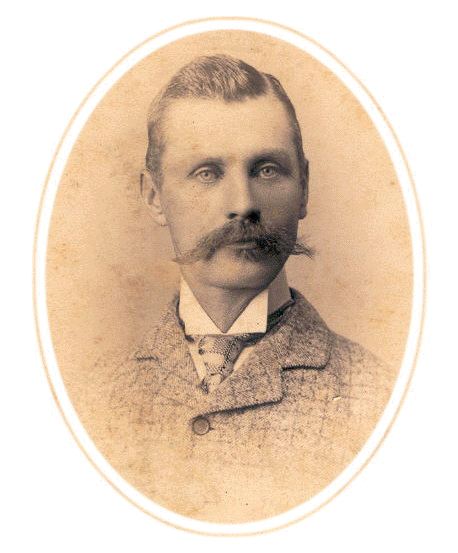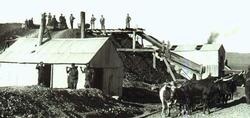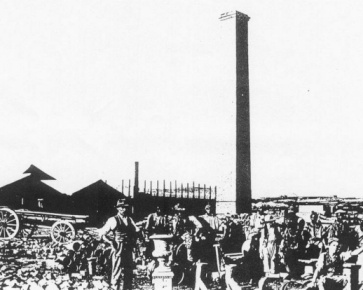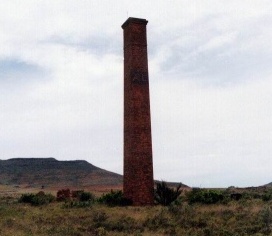
 Home
Page Back Ground History
Mining Regions
The Postcards
The
Tokens & Medals
Links
Bibliography
Acknowledgements
Site
Forum Cards & Tokens Classified Ads.
Guest Book
Updates & News Contact
The Site
Home
Page Back Ground History
Mining Regions
The Postcards
The
Tokens & Medals
Links
Bibliography
Acknowledgements
Site
Forum Cards & Tokens Classified Ads.
Guest Book
Updates & News Contact
The Site
 Home
Page Back Ground History
Mining Regions
The Postcards
The
Tokens & Medals
Links
Bibliography
Acknowledgements
Site
Forum Cards & Tokens Classified Ads.
Guest Book
Updates & News Contact
The Site
Home
Page Back Ground History
Mining Regions
The Postcards
The
Tokens & Medals
Links
Bibliography
Acknowledgements
Site
Forum Cards & Tokens Classified Ads.
Guest Book
Updates & News Contact
The Site


Molteno
Location: Eastern Cape (View location on map)
Minerals Worked: Coal
Principal Mines: Cyphergat Colliery plus other small mines around the town of Molteno.
Background History:
One of the limiting factors to the early industrial development of South Africa was the lack of proven economic coal reserves and for many years coal had to be imported into the Cape Colony from as far a field as South Wales. In 1852 this situation prompted the powers that be to offer a reward of £100 to anyone who could find coal deposits in the province.
In 1859 a farmer by the name of John Grove occupied "Cyphergat" farm, located a few kilometers to the south of the area later to become Molteno. In this year Grove asked a Mr. George Vice (1830-1917), later known as the farther of Molteno, to build a shop on his land. While constructing the shop and an adjacent dwelling house Vice lived in a hut on the farm. It was during Vice's stay on "Cyphergat" that in 1860 he discovered coal deposits on Grove's land. Vice was keen on exploiting the coal deposit but before his mine could be developed further Grove insisted he must close it down and not advertise the discovery to anyone. Vice was allowed only to remove two wagon loads of coal off the farm before his trial diggings were closed.
Three years after vacating Cyphergat Vice, who had become increasingly frustrated by Grove's decision not to develop the local coal deposits decided to search for the extension of the coal measures on lands adjacent to Grove's farm. To this effect he purchased the nearby farms of Paardekraal and Onverwacht on land that was later to constitute the township of Molteno. In 1864 Vice formed his own mining company and commenced the sinking of the Penshaw Mine from where he started shipping wagons of coal to Cradock and Kimberley. Soon afterwards other mining companies sprang-up in the area. These included The Great Stormberg Coal Company and Cape Collieries Limited. Cape Collieries closed in 1905 while the Penshaw Mine stayed in production until 1913. One contributing factor to the closure of this coalfield was the inferior quality of its coal compared to that from other of South Africa's coalfields that were to be discovered shortly afterwards.
 When
coal was finally developed at Cyphergat, some 15 years after Vice's original discovery,
the first general manager of The Cyphergat Coal Company was a Alexander
Lawrie (left) who had been a mine manager in his native Scotland. In addition to
coal Cyphergat also yielded fine quality clay and while he was colliery manager
Lawrie built a large brickworks on the mine site. This works produced some of the
finest bricks, drain pipes and sewer pipes ever made in South Africa.
When
coal was finally developed at Cyphergat, some 15 years after Vice's original discovery,
the first general manager of The Cyphergat Coal Company was a Alexander
Lawrie (left) who had been a mine manager in his native Scotland. In addition to
coal Cyphergat also yielded fine quality clay and while he was colliery manager
Lawrie built a large brickworks on the mine site. This works produced some of the
finest bricks, drain pipes and sewer pipes ever made in South Africa.

Cyphergat Colliery (c.1900)
A stone tablet with Lawrie's initials “A L” were incorporated into the base section Cyphergat's huge brickworks chimney. This chimney is the only part of the Cyphergat works which still exists. Finds of bricks from the work's bearing the coal company's initials "CCC" are also know.


Cyphergat Colliery Brickworks - Then (c.1900) and now
According to Theron (1) at some point in its history The Cyphergat Coal Company became a subsidiary holding of De Beers, Cecil Rhodes' famous Kimberley based diamond mining company. It is likely that the De Beers acquired the colliery so as to safeguard a supply of fuel for its own needs at a time when there were hardly any other indigenous coal supplies available to them. Transport of the coal to Kimberley was by ox wagon over a distance in excess of 300 kilometers. Molteno's coal was of relatively poor quality and the demand dropped after the completion of the Kimberley–Johannesburg railway line which allowed De Beers easy access to better quality coal from the Transvaal.
At one time Cyphergat was populated mainly by Scots and Welshmen and boasted a main street, a hotel, its own railway station and shops. However, the relatively poor quality of its coal coupled with its high transport costs eventually saw Cyphergat become a ghost town.
A set of four tokens are known from this mine. Theron (1) suggests that these were issued by De Beers when they owned the company and were used in the colliery's native workers' compound. As such their use can be paralleled with other De Beers issued compound tokens such as those on their Kimberly diamond mines. For more information on these tokens plus selected images click on the imabe below.
The webmaster knows of only two different mining related postcard views from this area.
Notes:
1) For further information and enlarged views of each postcard click on any one of the above images.